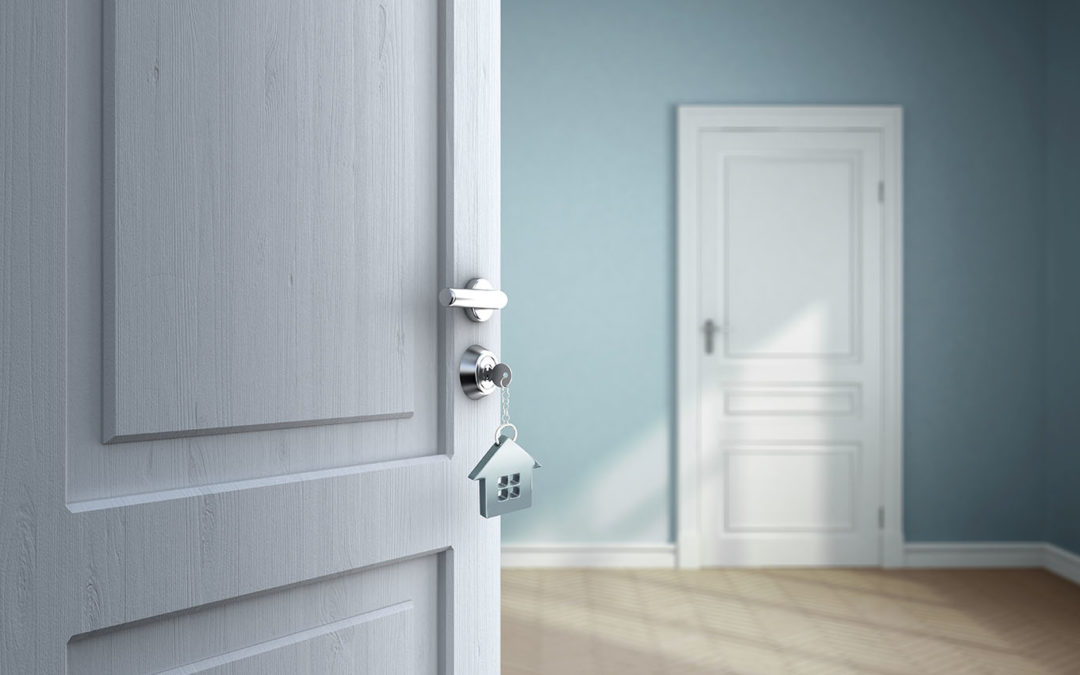Soundproofing a door is as necessary as installing a security system for your house. Of course, unless you live in the middle of nowhere, some noise is unavoidable.
Still, excessive noise coming through your doors may be highly irritating, especially given that we are continuously bombarded with the noise outside our houses. Fortunately, there are steps you can take to reduce those annoying noises from reverberating throughout your home.
Getting a door soundproofing job done is a good idea, but if you don’t want to rely on professionals to do it, you can teach yourself to do it as well.
In their latest energy efficient report, the Department of Energy found that the average household spends $500 per year repairing and replacing their doors. So getting a heavy-duty door installed can cost up to $1,000 per year. However, there is a more cost-efficient solution for this— soundproofing your door. In this article, we’ll discuss the most common choices for soundproofing a door.
Essentially, the “soundproofing” of a door is simply making it impenetrable. It may sound like a tough job, but the goal is to create a door with enough sound dampening ability to absorb noise. This helps prevent noise from traveling through the door.
Here are several detailed solutions to soundproof any door in no specified sequence.
17 Ways to Soundproof Your Door
1. Seal in All of the Gaps and Crevices
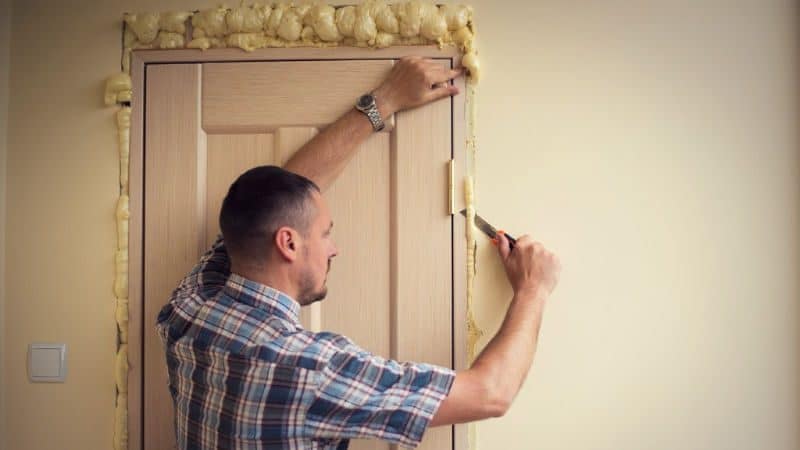 More often than not, you will notice that the doors in your house do not entirely fit in the frame and have some gaps either at the bottom or at the sides. If you want to soundproof the door, the first step should be to seal off all these gaps. You can do this by using caulking, silicone caulk, or Gorilla Glue.
More often than not, you will notice that the doors in your house do not entirely fit in the frame and have some gaps either at the bottom or at the sides. If you want to soundproof the door, the first step should be to seal off all these gaps. You can do this by using caulking, silicone caulk, or Gorilla Glue.
In some cases, small cracks or gaps might even be a part of your door’s design. In such instances, you can try using the products mentioned earlier to fill the holes in.
2. Set a Door Sweep on It
The sound of slamming doors in an otherwise quiet house can be highly annoying, but it can be easier if you have a door sweep on your door. This is a requirement if you want to have your door soundproof without putting thick insulation or soundproofing materials between the door and the walls of the room.
Make sure that you set a door sweep on the back of your door, as well as the forefront, so that it doesn’t accidentally knock over people when they walk past it. Again, this type of tensioner will provide the best solution as it reduces the resistance of your door motions.
Whenever you shut your doors, you won’t be hearing any noise from the outside. To install a door sweep, however, you’ll need to find the perfect fit for your door according to its precise measurements.
3. Try the Bronze Spring Weatherstripping
Bronze Spring Weatherstripping is another affordable way to soundproof your doors. Moreover, this is an excellent insulation method to ensure that your doors/windows stay closed and weatherproof. If you want to perform a complete seal upon your doors with long-lasting effects for up to 35 years, this option is good for you. This insulation could be a God-send during storms.
By using bronze weather-stripping with hooks/nails, you can affix metal weather sheets into the jamb. The nails go into the door frame, the weatherstripping is attached to the nails, and a hammer is used to drive the nails into the wooden frame.
Bronze weatherstripping is the best insulation for almost any home situation, but there are a few things you should consider when choosing the right type of soundproofing for your home. These may include the type of awl, type of tin strips, and a measuring tape specifically designed for this kind of job.
4. Automatic Door Bottoms
Automatic door bottoms are an excellent way to achieve a level of “free” weight support so that you’ll be able to get in and out of the door without any assistance, unlike with the door sweeps. In addition, automatic door bottoms are an affordable way to create a soundproof room where you don’t have to do much work yourself.
They’re also helpful in preventing the door from closing abruptly while you’re trying to utilize it as a second entry. Finally, for individuals worried about soundproofing acoustic baselines, automated door bottoms are the ideal option. They also eliminate any background noise that you might not be aware of.
5. Cover Your Door With a Soundproofing Blanket
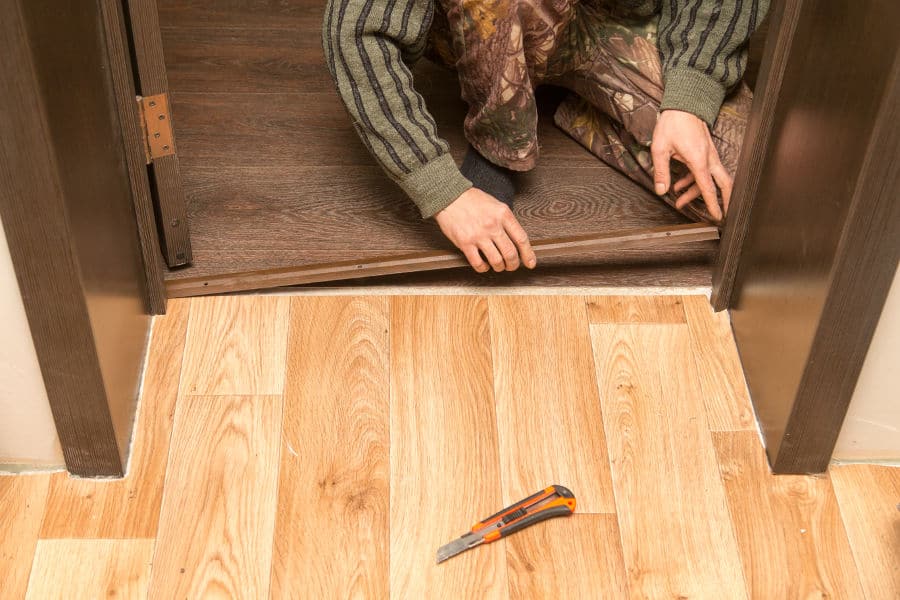 Before you decide to work on this method, keep in mind that it’s not just about placing blankets on the ground to insulate the floor, as you’re not only dealing with the background noise.
Before you decide to work on this method, keep in mind that it’s not just about placing blankets on the ground to insulate the floor, as you’re not only dealing with the background noise.
Soundproofing a door this way involves placing the blanket up against the door at just the right height. Be sure to do it from the top of the door instead of the bottom side, as this ensures the sound doesn’t come through the door.
For most people, working in a loud environment is not feasible. The sound insulation produced when two blankets are placed on top of each other creates a significant noise reduction. This is also a great way to keep noise at bay when traveling, or even just at home when you don’t want to be disturbed.
6. Make Use of a Gap Foam
If you’re looking for an inexpensive way to make a door soundproof, foam sound barriers are the best. Granted, you would need to apply a more significant amount of gap foam than usual to make it work. You can start by sprinkling the foam from the interior of your door, working your way outward as gaps are filled.
Gap foam can be used alone for sealing drafty windows and doors if you don’t want to use other methods like vinyl sheets. However, it can also be employed as a finishing covering over door sweeps, vinyl sheets, and other recommendations.
7. Build a Door With a Sturdy Core
If you are looking to install a new door instead of using soundproofing methods on an old one, certain things should be considered regarding the materials. Ordinarily, doors are made without a heavy core that could prevent noise transmission. So, you might want to request a solid, sturdy door that can keep sound out. Such wooden doors are an excellent solution for offices.
Metallic doors are excellent at deflecting sound waves in the opposite direction. However, some fire rules prohibit the use of massive metal doors indoors.
If you want to go the extra mile, you can get a solid core door paired with an internal panel made from similar materials. This allows you to have extra sound absorption on the inside of your home, and thus you can enjoy a quieter space.
8. Purchase Soundproofing Drapes
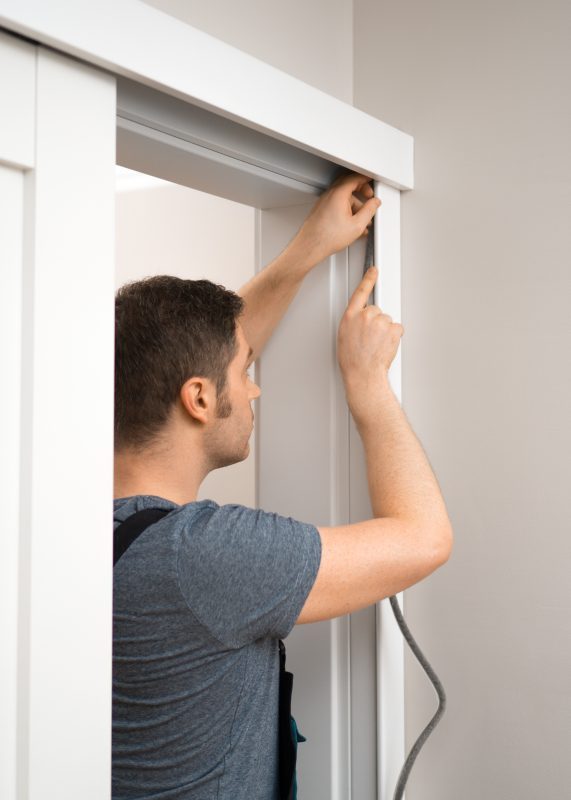 Drapes and curtains are commonly used on our windows. Then why not apply it to the door as well? The amount of noise they can block will astound you. Yes, they are also less time-consuming to install.
Drapes and curtains are commonly used on our windows. Then why not apply it to the door as well? The amount of noise they can block will astound you. Yes, they are also less time-consuming to install.
Curtains are excellent sound absorbers. This is due to the thick components used in their construction, which absorb sound. However, you must first decide whether you want a curtain for the inside or the outside. While inside curtains or drapes have more light sources, outdoor curtains or drapes are more efficient sound blockers.
You can block out most of the noise from outside with proper soundproofing. The best soundproofing curtains will keep both outside and internal noise out of your room. When it comes to soundproof draperies, you have a wide range of shades and styles to match your existing décor. As a result, style is not something you will have to compromise on.
9. Frame Your Door With a Fiberboard
This method will make your door soundproof and challenging to break at the same time! This soundproofing material creates a soundproof barrier between the inside and the outside world.
These products have a significant advantage over soundproofing materials since they can be installed directly over the door with no additional reinforcement. However, because the fiberboard is not as pliable as other composite fiber sheets, it is unlikely that you will be able to fold it. Nonetheless, if you decide to go this route, make sure you do your homework first.
10. Try the Padding Tape for Sound Isolation
The sound isolation padding tape is an excellent method for managing and reducing noise from outside your building. In addition, it’s one of the less expensive ways to seal the cracks in the doorways.
Start with this self-adhesive tape if you don’t want to think too hard about which method to use. Sound isolation padding tape is helpful for items that aren’t meant to be moved frequently, such as speakers or computer monitors, as well as your doors. The device is used to block sound routes and separate the sound of the furniture from people’s ears.
While walls work in a pinch, good insulation tape is the best solution for sound control as it produces a very low-pressure zone that does not allow sound from outside to pass through.
11. Setting a Carpet-Rug Indoors
Instead of cold hardwood floors or ceramic tile surfaces, using carpets as acoustic absorbers reduces noise and makes the area feel cozier. However, the thick and bulky ones will function better since they will absorb echoes and help minimize noise intensity.
The carpeting will absorb the noise because it is not glossy. Instead of a carpet, a thick terry cloth carpet can also be used. In any event, while the carpet isn’t the best sound absorbent material, it will keep noise out of the room and save you money.
12. Use a Sound-Absorbing Panel
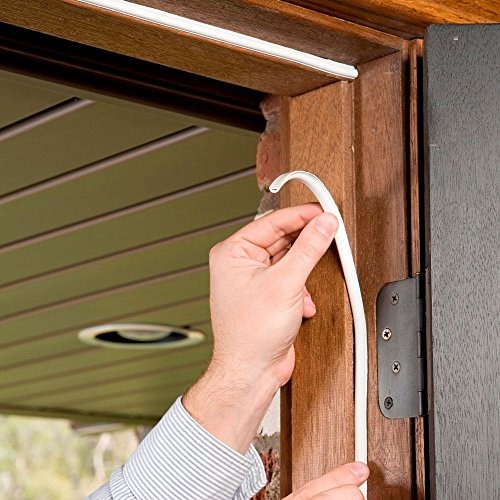 Sound panels are an excellent tool for sure. But, if you want to maximize their usage, you’ll want to make them look good. For that, you’ll need to make sure that certain sound panels are as unobtrusive as possible without being too obvious.
Sound panels are an excellent tool for sure. But, if you want to maximize their usage, you’ll want to make them look good. For that, you’ll need to make sure that certain sound panels are as unobtrusive as possible without being too obvious.
That’s where sound-absorbing panels come in handy. These panels are not only aesthetically appealing, but they also absorb the sound of external sources, such as speakers or air-conditioning systems.
Panels and boards are two common forms of mounting or hanging artwork. However, they can be used in various ways. These types of mounted art should be sound-absorbing to prevent any noise from escaping or coming in. You can do this in any room where you feel that sound can be a problem. Since these panels have a soft texture, they can avoid any cracks or crevices in the panels. In addition, these panels have a reinforced foam core, so there is absolutely no risk of them breaking during an earthquake.
13. Soundproof Your Door by Painting It
Soundproof painting is used to block out sounds significantly. Before you paint your door, make sure to sand and treat it appropriately. The gutters, the inside and outside doors, in particular, need to be regularly cleaned. The top of the door should be painted, just as you treat the exterior door.
It’s an old technique, but it works.
However, this method is limited to blocking high frequencies of sound such as aircraft flutes and traffic noise. If you want to get the optimal potential of sound lessening, you’ll need to use several layers of paint. One coat would make a difference, but four coats would make it almost soundproof. Regardless, make sure to wait for it to dry completely before installing the doors.
14. Place a Piece of Mass Loading Vinyl
Mass Loading Vinyl (MLV) is vinyl explicitly designed for soundproofing, sound absorption, or sound reduction. Using off-the-shelf materials, MLV is an affordable and accessible option for a soundproofing solution.
A double layer, in this case, is highly recommendable on this route. The vinyl sheets have a paper surface, with one side being a rigid surface while the other side is softer. To remove the paper side of the vinyl, remove the adhesive first.
There are many different thicknesses of vinyl sheets for doors, so it is essential to measure. For example, if you want a door with an 18mm thick sheet of vinyl on it, measure and cut the 18 mm flat side of the vinyl. Likewise, if you want a door with a 16 mm thick sheet of vinyl, measure and cut the 16 mm flat side.
15 . Try to Mount Door Gaskets
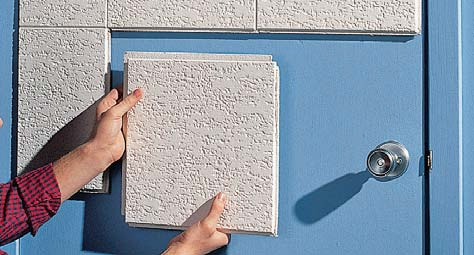 The good news is that it’s possible to install door gaskets yourself, and if you do it the right way, the job will produce results in a short amount of time.
The good news is that it’s possible to install door gaskets yourself, and if you do it the right way, the job will produce results in a short amount of time.
Doors come in different sizes, shapes, and specifications. Since the size and shape can vary significantly, you’ll want to ensure that you install the gaskets of the appropriate size. The larger the gasket is, the more absorption and spread of sound will be deadened.
It’s also essential to make sure that the door gaskets are long enough to extend to the bottom of the door. If they’re shorter, then you risk causing problems with your door when it opens. Furthermore, the purpose of gaskets is to provide a tight seal that keeps outside sound elements from getting inside and damaging your equipment.
16. Invest in a Soundproofing Kit
Consider purchasing a soundproofing kit if your property requires some heavy work. However, if you want to skip the installation selections and go right to the soundproofing, you can opt for a readymade kit.
This technology combines composite materials, fiberboard, and door sweeps to provide an all-in-one solution for the things mentioned above. Whether you use a DIY kit or employ a professional contractor, most home repair jobs are stressful, especially when it comes to sound. So if you’re going to undertake a DIY project, be sure it fits your budget and style.
17. Use a Wood Panel to Bolster the Door
The problem might be solved by adding another layer of the medium-density core. However, there is no such thing as a “one size fits all” approach to panel types.
You must consider your requirements and how they will fit into the available area. For example, a wood panel door can be installed on top of an existing door, or you may have to remove your door to begin the installation.
A wood panel is like a piece of soundproofing installed in the door frame. It sounds like a regular door, but instead, you’ve installed a wooden panel.
Conclusion
With so much soundproofing material available, soundproofing your door has become one of the easiest, fastest, and most cost-effective methods to start reducing inbound and outbound noise in a room.
Using all of the methods listed above, you may now transform your home into a soundproofed haven. If you’re new to this, you should start with a decent plan, select the appropriate insulating material, and carefully follow the directions.
